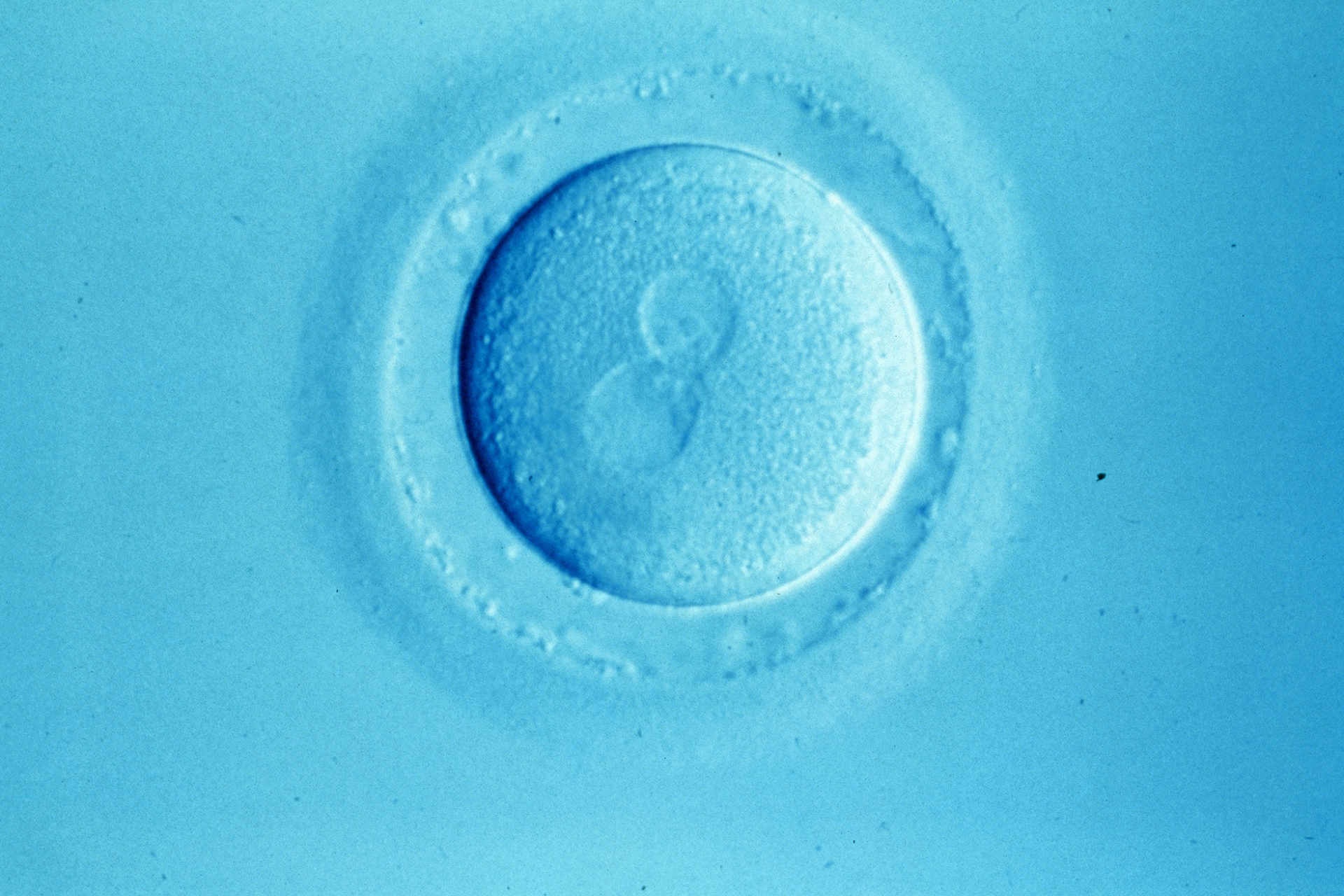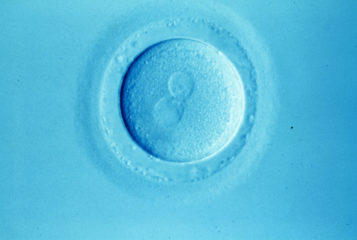Researchers at the US National Institute of Environmental Health have found that a woman's monthly 'fertile window' is much more unpredictable than previously thought. Current guidelines for getting pregnant, or avoiding a pregnancy, assume that a woman is fertile between days ten and 17 of her menstrual cycle. But the team found that only 30 per cent of the women studied had their fertile window entirely within these days.
The study, published in the British Medical Journal last week, focussed on 221 healthy women who were planning a pregnancy. The scientists estimated the timing of ovulation by measuring hormone levels in the urine, and found that the fertile window - five days prior to ovulation plus the day of ovulation itself - occurred during a broad range of days.
Seventeen per cent of the women were fertile by the seventh day of their cycle, rising to 54 per cent on days 12 and 13.
The research shows that couples trying for a baby should have intercourse two or three times a week during the whole month, says team leader Allen Wilcox. Ovulation was very difficult to predict even in women who reported very regular cycles, he said. Anne Weyman, chief executive of the Family Planning Association, said that for natural family planning to be as effective as possible it is recommended that other fertility indicators are used - for example changes in cervical mucus and body temperature.
Sources and References
-
The timing of the 'fertile window' in the menstrual cycle
-
Fertile days 'hard to predict'
-
A case of rhythm and blues for Catholic couples
-
Egg timer




Leave a Reply
You must be logged in to post a comment.